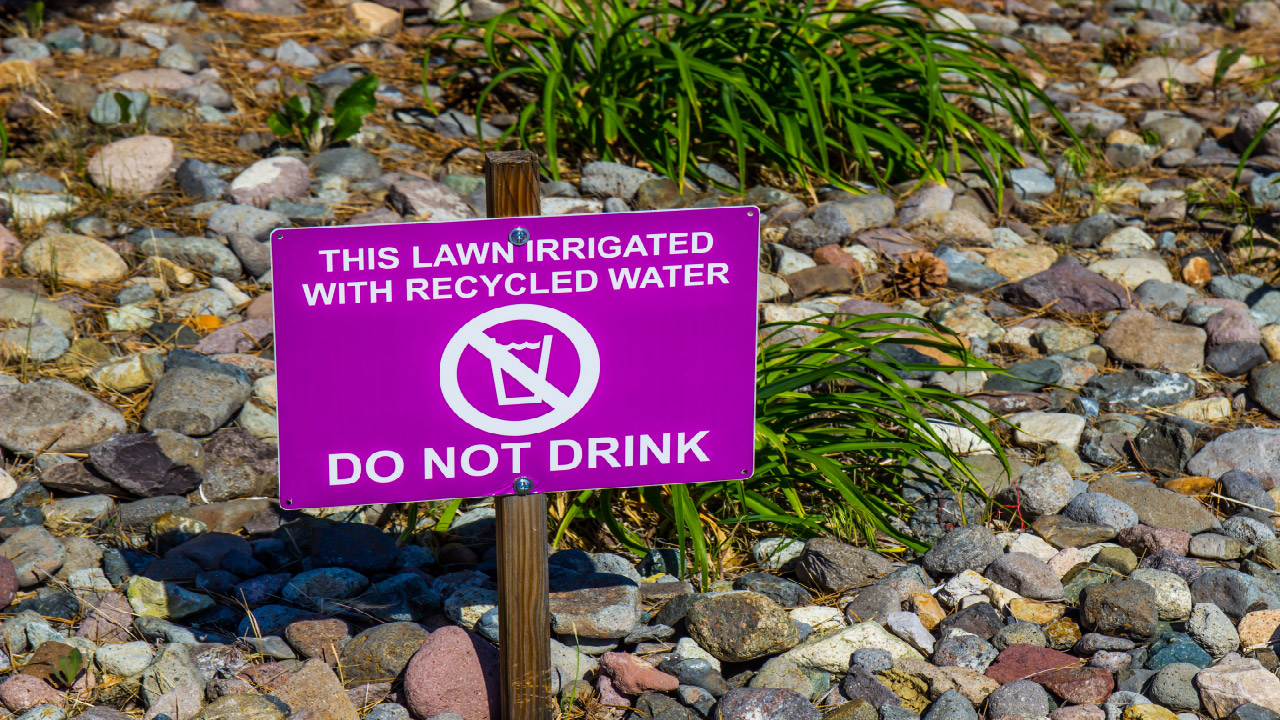DIY Greywater System
May 25th 2023
An excellent way to reduce your water usage and your carbon footprint is to use a greywater recycling system. Once it's up and running, a greywater system recycles the water you use in the house and repurposes it for other uses, so it isn't wasted. These other purposes include things like flushing your toilet and irrigating your plants. Greywater systems can be low-tech and cost effective to implement, especially if you decide to do-it-yourself. Read on to get an outline of everything you will need to create your own DIY greywater system.
How A Greywater System Works
Greywater is all of the water collected from your sink, shower, dishwasher, or laundry machine. The easiest and best source to set up is from your shower or washing machine because of limited external inputs like food waste. Sources with more solids have a higher potential to clog the system and will need to be cleaned more often. Blackwater is wastewater that has been contaminated with chemicals or excrement and should not be used. Once the greywater is collected, it is filtered once or twice, depending on the water source. The sink and dishwasher go through a biofilter to remove grease and oils. All water sources should then run through a coarse filter designed to remove dirt, debris, and other impurities present. The coarse filter typically includes a gravel layer for larger pieces, a sand layer to catch the finer debris, followed by another layer of gravel for the water to drain through.
The next step required is the storage of your greywater, if you decide to store any at all. The amount of storage space you need will of course depend on the amount of water you capture and how much water you plan on using. If you are using tanks, it is important to seal them off because greywater can contain pathogens. Overflow devices are also recommended to ensure your system doesn't start to back up. Finally, you can use your greywater in a variety of ways. The simplest method is to hook up an irrigation system and use your greywater for your garden. Greywater should only be used to water the roots of plants, so a drip irrigation system would work well. Avoid using greywater directly on fruits or vegetables. If you would like to use greywater to flush toilets, a more sophisticated pump system will be required.
Building Your System
Before building your system, it is smart to check your local building codes to ensure you are following the law. It is easiest to put a greywater system in on a new build. Alternatively, a retrofit on a house with a raised foundation is possible. Most situations are going to be slightly different, so we are going to focus on an overview of the steps required to make your own DIY greywater recycling system.
If you are connected to a sewer system, like most people in cities and suburbs, it's important to start with a three-way valve, or a direct diversion valve. This will allow your greywater to be diverted either to the sewer or to your irrigation system, depending on the circumstances. After cleaning your shower with bleach or following a long period of rain, you may not want to flood your irrigation system.
Finding your piping and installing this valve may require a qualified plumber, especially if it is your first time trying to undertake a project like this. From the three-way valve, pipe the water through the filtration system. One of the most common and effective filters consists of a layer of gravel on the bottom, sand in the middle and a second layer of gravel on the very top. Your greywater should be directed on the top, where it can percolate and exit at the bottom into more piping. Placing a screen above the top layer of gravel can be very helpful in reducing the amount of deep cleaning required in your system. Simply wash the screen whenever you see it's required.
Finally, you have a couple of options to end your system. You can either pipe your filtered water directly into an area of your garden that requires frequent watering, or you can pipe it into a holding tank to be used whenever you need it. Be sure your tank is sealed to prevent any insects from infiltrating and to avoid trapping any unsuspecting animals inside. Irrigation piping can be connected directly to your tank and spread onto your flower beds and gardens. At this stage, you are ready to use your recycled greywater system.
Using Your Greywater System
The good news is that once your system is up and running, it requires very little maintenance afterwards. Because your water is going to be reused for your plants, it is essential to know exactly what is going down your drains. Never wash down toxic chemicals and be aware of the ingredients in your soap, shampoos, and other personal care products. Take care to use laundry detergents without harmful ingredients and limit your use of polyester clothing to minimize microplastics in your system. It may be helpful to install a microplastic filter on your washing machine to ensure they don't enter your garden soil.
For more in depth information on the different types of greywater systems, visit the University of Washington's Green Technology Research page.

